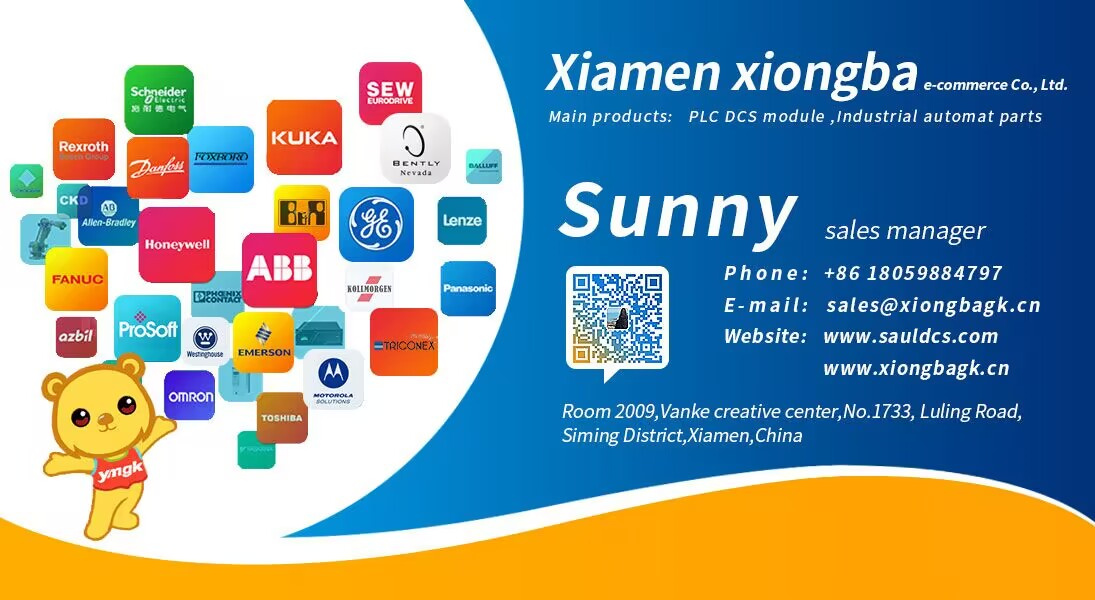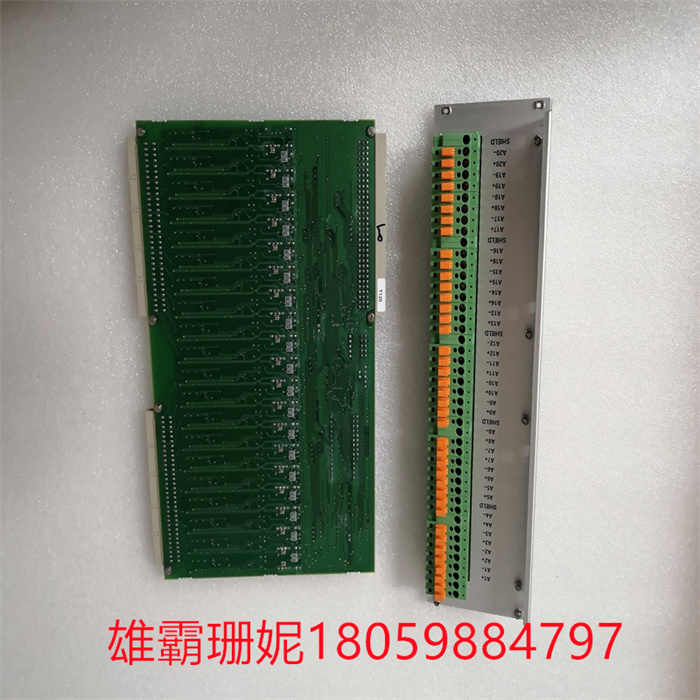FOXBORO 0399071D 0303440C+0303443B 模块连接器
FOXBORO 0399071D 0303440C+0303443B 模块连接器

PLC是采用"顺序扫描,不断循环”的方式进行工作的。即在PLC运行时,CPU根据用户按控制要求编制好并存于用户存储器中的程序,按指令步号(或地址号)作周期性循环扫描,如无跳转指令,则从条指令开始逐条顺序执行用户程序,直至程序结束。然后重新返回条指令,开始下一轮新的扫描。在每次扫描过程中,还要完成对输入信号的采样和对输出状态的刷新等工作。PLC的一个扫描周期必经输入采样、程序执行和输出刷新三个阶段。PLC在输入采样阶段:首先以扫描方式按顺序将所有暂存在输入锁存器中的输入端子的通断状态或输入数据读入,并将写入各对应的输入状态寄存器中,即刷新输入。随即关闭输入端口,进入程序执行阶。PLC在程序执行阶段:按用户程序指令存放的先后顺序扫描执行每条指令,经相应的运算和处理后,其结果再写入输出状态寄存器中,输出状态寄存器中所有的内容随着程序的执行而改变。输出刷新阶段:当所有指令执行完毕,输出状态寄存器的通断状态在输出刷新阶段送至输出锁存器中,并通过一定的式(继电器、晶体管或晶闸管)输出,驱动相应输出设备工作。PLC的工作过程,PLC的运行方式初研制生产的PLC主要用于代替传统的由继电器接触器构成的控制装置,但这两者的运行方式是不相同的:
(1)继电器控制装置采用硬逻辑并行运行的方式,即如果这个继电器的线圈通电或断电,该继电器所有的触点(包括其常开或常闭触点)在继电器控制线路的哪个位置上都会立即同时动作。
(2)PLC的CPU则采用顺序逻辑扫描用户程序的运行方式,即如果一个输出线圈或逻辑线圈被接通或断开,该线圈的所有触点(包括其常开或常闭触点)不会立即动作,必须等扫描到该触点时才会动作。为了消除二者之间由于运行方式不同而造成的差异,考虑到继电器控制装置各类触点的动作时间一般在100ms以上,而PLC扫描用户程序的时间一般均小于100ms,因此,PLC采用了 -种不同于一般微型计 算机的运行方式扫描技术。这样在对于I/O响应要求不高的场合, PLC 与继电器控制装置的处理结果上就没有什么区别了。
计算机是第一台具有真正虚拟内存的计算机。第一个真正的虚拟内存系统是在曼彻斯特大学创建一级存储系统作为的一部分阿特拉斯计算机。它使用了一个分页将程序员可用的虚拟地址映射到由16,384个主内存字组成的真实内存的机制磁心存储器再加上98304字的二次计算机的磁鼓记忆装置。将虚拟内存添加到Atlas中还消除了一个迫在眉睫的编程问题:规划和调度主内存和辅助内存之间的数据传输,并针对主内存大小的每次变化重新编译程序。第一个Atlas于1962年投入使用,但寻呼的工作原型在1959年就已经开发出来了。1961年巴勒斯公司独立发布了第一台带有虚拟内存的商用计算机B5000,与分割而不是寻呼。
FOXBORO 0399071D 0303440C+0303443B 模块连接器

PLC works in a way of "sequential scanning and continuous circulation". That is, when the PLC is running, the CPU periodically scans the program stored in the user's memory according to the user's control requirements according to the instruction step number (or address number). If there is no jump instruction, the user's program will be executed one by one from the instruction until the program ends. Then return to instructions and start the next round of new scanning. In each scanning process, it is necessary to sample the input signal and refresh the output state. A scanning cycle of PLC must go through three stages: input sampling, program execution and output refresh. In the input sampling stage of PLC, firstly, the on-off state or input data of all the input terminals temporarily stored in the input latch are read in sequence by scanning mode, and will be written into each corresponding input state register, that is, the input is refreshed. Then close the input port and enter the program execution stage. In the program execution stage, PLC scans and executes each instruction according to the sequence in which the user's program instructions are stored. After corresponding operation and processing, the result is written into the output status register, and all the contents in the output status register change with the execution of the program. Output refresh stage: when all instructions are executed, the on-off state of the output status register is sent to the output latch in the output refresh stage, and it is output through a certain formula (relay, transistor or thyristor) to drive the corresponding output equipment to work. The working process and operation mode of PLC PLC is mainly used to replace the traditional control device composed of relay contactors, but the operation modes of the two are different:
(1) The relay control device operates in parallel with hard logic, that is, if the coil of the relay is powered on or off, all contacts of the relay (including its normally open or normally closed contacts) will act at the same time at any position on the relay control line.
(2) The CPU of 2)PLC adopts the operation mode of sequential logic scanning user program, that is, if an output coil or logic coil is turned on or off, all contacts of the coil (including its normally open or normally closed contacts) will not act immediately, and will only act when the contact is scanned. In order to eliminate the difference caused by different operation modes between them, considering that the action time of various contacts of relay control devices is generally more than 100ms, and the time for PLC to scan user programs is generally less than 100ms, therefore, PLC adopts a scanning technology of operation modes different from that of general microcomputers. In this way, there is no difference in the processing results between PLC and relay control device when I/O response is not high.
Computer is the first computer with real virtual memory. The first real virtual memory system was created in Manchester University as a part of Atlas computer. It uses a paging mechanism to map the virtual address available to the programmer to the real memory consisting of 16,384 main memory words, the core memory plus the drum memory device of the secondary computer with 98,304 words. Adding virtual memory to Atlas also eliminates an urgent programming problem: planning and scheduling data transmission between main memory and auxiliary memory, and recompiling the program for each change of main memory size. The first Atlas was put into use in 1962, but the working prototype of paging was developed in 1959. In 1961, Burroughs Company independently released the first commercial computer B5000 with virtual memory, which was divided instead of paging.










